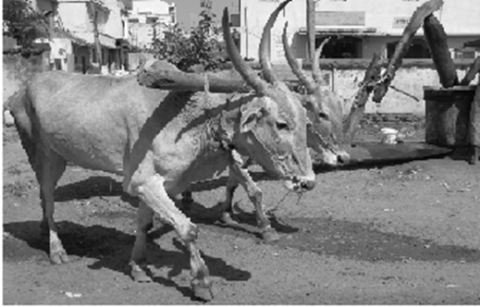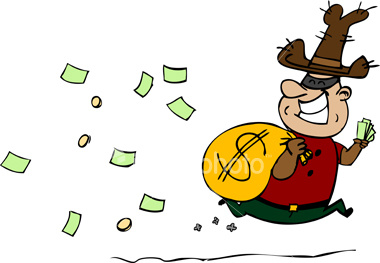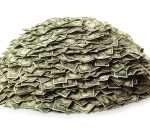Blog Archives
Capturing from the Cattle side
If I had been a reporter covering the rural affairs in an economy, it would certainly have begun with the cattle farming and ended on them.

The most decisive form of journalism making a story fetch fair price and interest, even when cattle is confined only with an image in the text. Cattle side is the best replica of an agrarian culture where a man pulls a bull. The story is lamenting high in the journals when looked beyond the Sports and Stocks update. Farmer suicides that account for much more than the farmers in place, still all mingled up for the nation to decide a proposal of having an industrial base or stinking with the old.
There lie farmers in thousands who have committed suicide over the past decade with the changes in India’s agricultural policy set a widened spiral of debt and despair. The farmers who were poor in nature as tractor beyond their purchase, hence they plough the fields with a cattle. These cattle are left to despair for their master who can’t be found in at the sunset club bringing fodder for them nor are the green harvest visible any more.
It staggers for the census man as the number of farmers who have committed suicide in India between 1997 and 2007 are 1,82,963. While 8 million farmers have opted for a substitute in regard with the farming activities, when compared the census of 1991-2001 the remaining are left to depreciate for every year that proceeds. Further, the women farmers are generally not recorded in the books no wonder they do a large junk of farming work. They account for a normal suicide but not as “farmer” suicides.
Even as the media celebrate the Mercedes Benz deal in the Marathwada region as a sign of “rural resurgence,” the latest data show that 17,368 farmers killed themselves in the year of the “resurgence.”
P.Sainath
It’s no secret, Capitalization that dominates the Socialism. Those communist allies in the north-eastern part of the county use it for a better brand name attached to it. “Branding” which lies as an integral part of capitalization. There is none that understands the communism behind the farmers who could make them survive and rear cattle’s with joy.
While the Sensex had crossed 11,000 points in 2006, Vidarbha had more than 400 suicides within a week. To endure more Lakme Fashion Week issued over 500 media passes to journalists while none besides the rare Sainath visited Vidarbha. Ironically, cotton weavers that committed suicide in Vidarbha and cotton garments displayed at Lakme Fashion Week.
Those product that make a market for global trade are milk, grains etc. It’s the cattle that make a difference as per the production. As their master commit suicides, it adds more bulk of deficits, lesser contribution towards Gross-Domestic Product. They are certainly not a part of India’s Developmental Story but certainly India can’t develop without them. Farmer’s that commit suicides are as important as the fight for corruption and black money. It’s the lack of fame that makes a difference that the person from a renowned civil society don’t consider it an issue worth.
While the Civil Society prefers to be hungry, it’s the civilians that die of hunger.





 The spiraling inflation do not have any impact on the elite sections of the society.
The spiraling inflation do not have any impact on the elite sections of the society.
